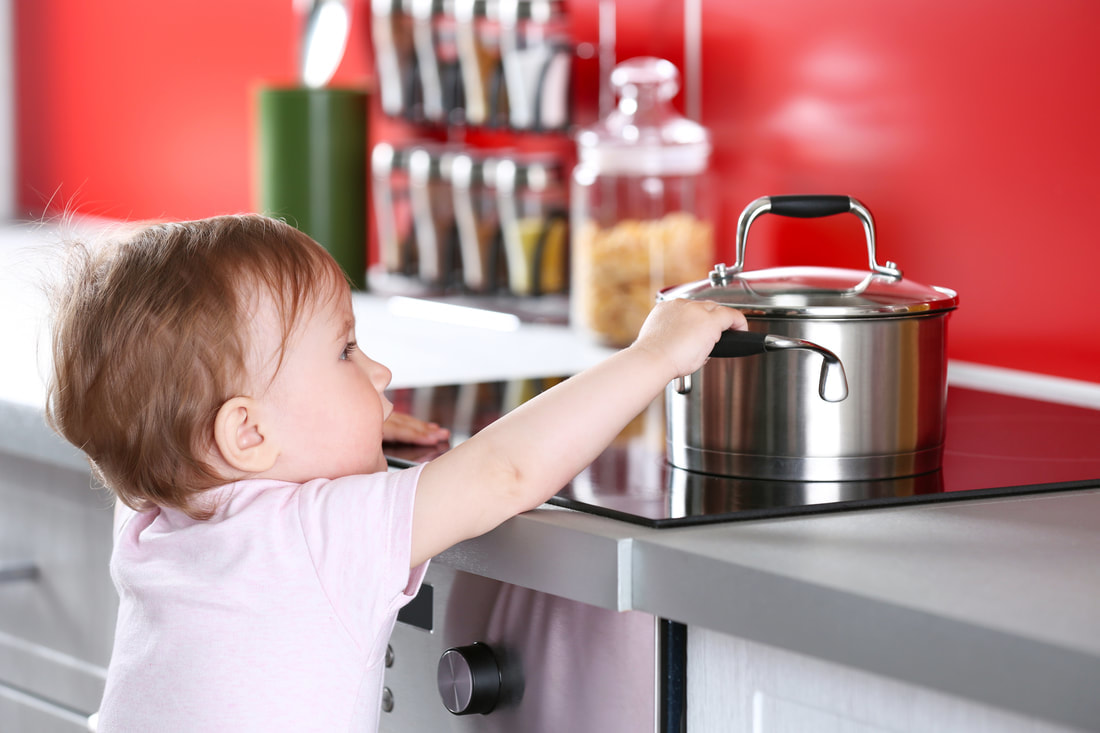Burns and Fire |
Page 14 |
Children are very vulnerable to fires and burns because of their curiosity and ignorance of the danger of fire. Hundreds of children in the United States die and countless others are disfigured every year as a result of burn injuries. Children ages five or younger are especially vulnerable to burns and have one of the highest fire death rates.
Hot liquids—not fire—are the most common cause of burns to young children. Hot liquids burn like fire and can cause serious and painful burns. However, fires caused by playing with matches and lighters are the number one cause of fire-related deaths among young children.
Planning ahead and practicing fire prevention skills can reduce the chances of a fire occurring, protect children and adults, and reduce property damage.
As an educator, you can take the following steps to reduce the risk of fires and burns in your facility:
- Provide safety education. Help the children learn about hazards that can cause fires and burns. They should be taught that some objects are off-limits for play.
- Check for environmental hazards and limit access to burn-producing objects.
- Safety devices such as smoke alarms and fire extinguishers should be present and in working condition.
- Plan the escape routes in advance. Children should also have regular practice drills for fire evacuation and should know how to crawl low under smoke, and how to stop, drop to the ground and roll if their clothes catch fire.
- Model preventive behaviors that will reinforce fire and burn accident prevention.
- Communicate your prevention activities to parents so they can support your efforts and prevent burns and fires at home.
- Invite a community service representative from the local fire department to your program for a safety workshop.
Causes of Fire and Burns in the Child Care Environment
|
1. Scalding
2. Contact
|
3. Electrical
4. Chemical
|


